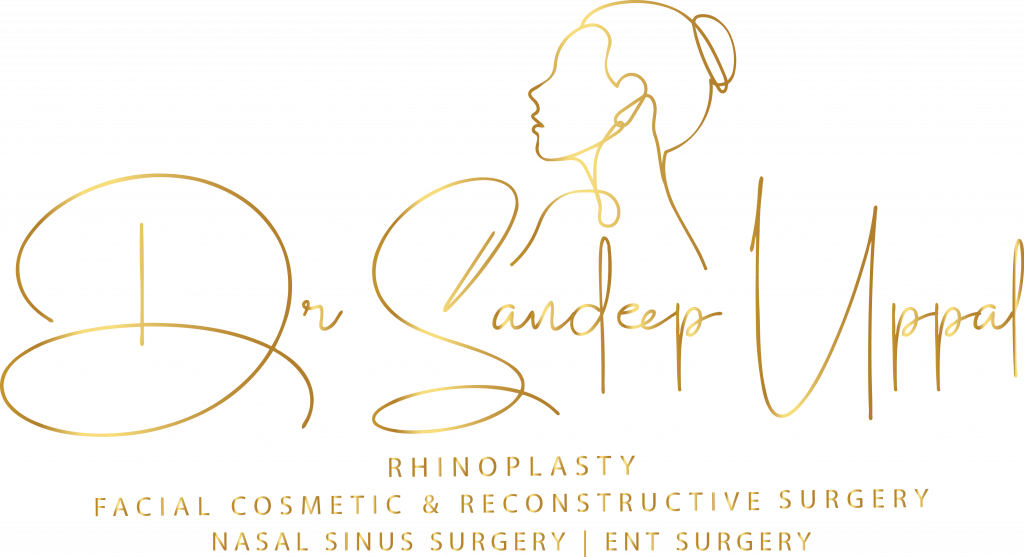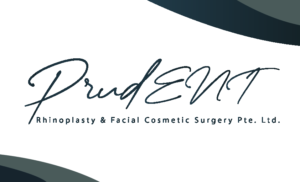Thread Lift
Thread lift Thread lifts are a minimally invasive cosmetic procedure designed to lift and tighten sagging skin tissues. The technique involves the use of temporary, medical-grade suture threads to pull the skin. The procedure aims to provide a less invasive alternative to a traditional surgical facelift, offering reduced downtime. TYPES OF THREADS PDO (POLYDIOXANONE) Material: Synthetic, absorbable monofilament thread. Duration: Usually dissolves in about 6 months. Action: Primarily mechanical, providing immediate lift. Side Effects: Minor, including slight bruising or swelling. PLA (POLYLACTIC ACID) Material: Synthetic, absorbable. Duration: Can last up to 6-18 months. Action: Stimulates collagen production for more prolonged effects. Side Effects: Similar to PDO, with potential for longer-lasting bruising. SILHOUETTE SOFT Material: Made of Poly L-lactic acid. Duration: About 6-18 months. Action: Tiny absorbable cones provide extra grip and support. Side Effects: Potential for more discomfort during the procedure due to the cones. PROCEDURE CONSULTATION Detailed skin assessment, often involving imaging. Discussion of treatment goals, expectations, and potential risks. ANESTHESIA Usually local anaesthesia. Numbing cream to minimize discomfort. THREAD INSERTION Threads are inserted through fine needles or cannulas. The exact number and entry points are mapped out beforehand. LIFTING Threads are pulled to achieve the desired lifting effect. This step requires meticulous skill to avoid asymmetry or over-pulling. After confirming the lift, excess threads are cut and often tucked beneath the skin. DOWNTIME Minimal compared to surgical options. Most clients return to work within 2-3 days. AFTERCARE Cold compresses may be used to reduce swelling. Antiseptic ointment may be advised to prevent infection. Avoid high-impact exercise for 2-3 weeks. Avoid exaggerated facial movements and facial massages for the first few weeks. ADVANTAGES Minimally Invasive. No surgical incisions or stitches, reducing infection risk. Effects are often visible immediately after the procedure. Generally, minimal downtime and side effects. RISKS AND PRECAUTIONS Skin Irregularities may be caused by bunching of tissue or palpable threads or knots. Care must be taken to avoid overtightening, which can lead to dimpling or irregular contours. Infection: While rare, any breach of skin can introduce infection. Rarely the infection may be severe requiring hospital admission and intravenous antibiotics for treatment. Skin necrosis: Infection or inflammation from reaction to the thread material may lead to part of the skin dying leading to severe scarring. Thread Movement: In rare cases, the threads can migrate, requiring a corrective procedure. Thread extrusion: The body may reject the thread and it may extrude from the skin requiring removal. LONGEVITY Longevity depends on the type of thread used, individual skin properties, and lifestyle factors like smoking or sun exposure. Clients are often disappointed with the short-lived results and the need for frequent maintenance procedures. The cost of the frequent touch-up procedures can build up over time. Dr Sandeep does not recommend thread lifts for most clients because of these reasons. Results are generally not as enduring as surgical facelifts and hence facelifts are the recommended treatment in our clinic. Thread lifts offer a convenient, lower-risk alternative to surgical facelifts, but they are not a substitute for more extensive procedures in cases of significant sagging or skin laxity. Consult Dr Sandeep for an in-depth discussion on the options available for facial rejuvenation. During the consultation Dr Sandeep will recommend an individualized treatment plan in line with your aesthetic goals.


